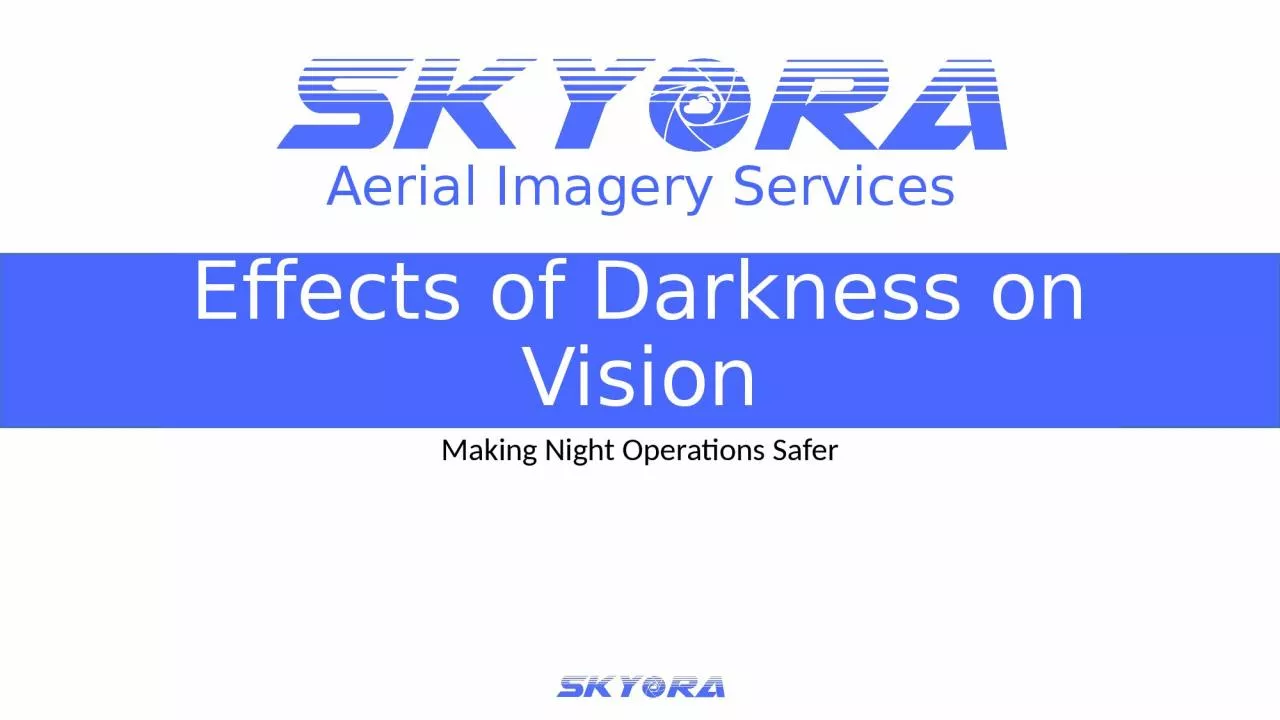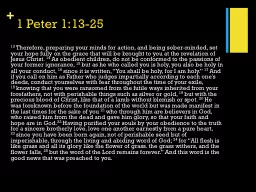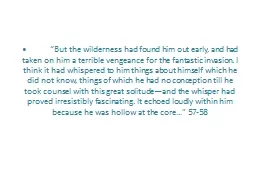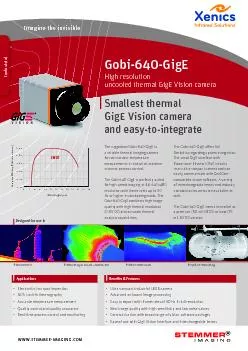PPT-Effects of Darkness on Vision
Author : norah | Published Date : 2022-06-14
Making Night Operations Safer Agenda Introduction and Concepts Introduction Understanding the how the eye works Cones vs Rods Blind Spots Acclimation to darkness
Presentation Embed Code
Download Presentation
Download Presentation The PPT/PDF document "Effects of Darkness on Vision" is the property of its rightful owner. Permission is granted to download and print the materials on this website for personal, non-commercial use only, and to display it on your personal computer provided you do not modify the materials and that you retain all copyright notices contained in the materials. By downloading content from our website, you accept the terms of this agreement.
Effects of Darkness on Vision: Transcript
Download Rules Of Document
"Effects of Darkness on Vision"The content belongs to its owner. You may download and print it for personal use, without modification, and keep all copyright notices. By downloading, you agree to these terms.
Related Documents














